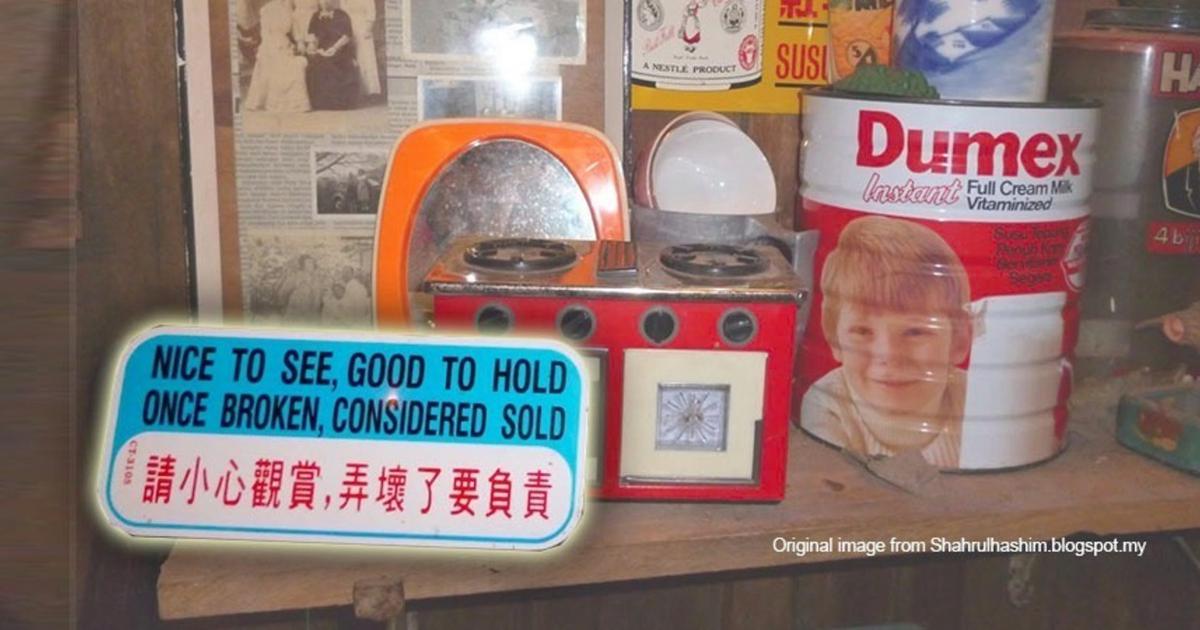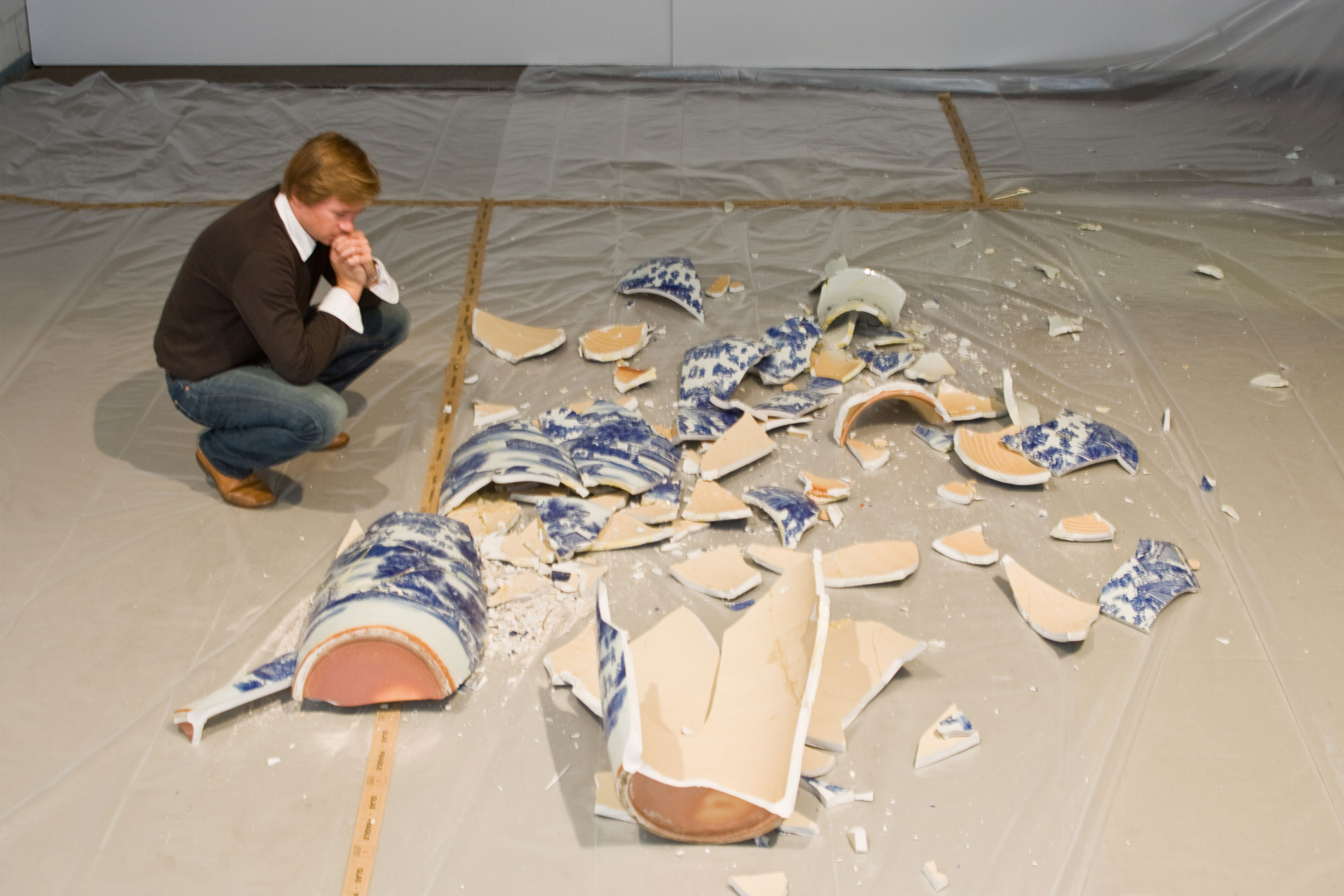

Consumer
Once broken considered sold - Must I really pay for what I break?
almost 8 years ago Denise C.The myth:
Signs such as "you break it, you buy it", "nice to see, nice to hold, once broken considered sold" can be used to make you pay for things you damage.
The scenario:
You walk into a shop selling premium house decorations … you see a nice vase, with a sign nearby that says “once broken considered sold” … it’s a really nice vase, so you decide to take a better look at it, admiring the intricate designs.
And then it slips out of your hands.
You try to wriggle away but the owner points angrily as his sign and says that it means you have to pay him.
Is this true?

It's not because of the sign itself.
Here's why...
Whether or not there was a sign at the shop, it's very possible for the owner to sue you under the tort of negligence if he or she wants to.
This is because tort law deals with situations where you cause loss to another person. Therefore, with or without a sign, causing someone else to suffer a loss is enough to get you sued.
[READ MORE: What is a Tort?]
To establish a tort of negligence claim, the judge in Arab-Malaysian Finance Bhd. v. Steven Phoa Cheng Loon & Ors [2002] 2 MLRA 320 stated that four elements are needed:
"To make out a case...in the tort of negligence, a plaintiff must establish four ingredients. First, he must show that he was owed a duty by the defendant to take reasonable care. Second, that the defendant breached that duty, third, that the resultant breach caused the harm in question and fourth that he (the plaintiff) suffered damage that is not too remote." - Gopal Sri Ram JCA
In a nutshell, if the court thinks that you are responsible for the product and was careless in handling it then you would have to cough up your dough.
However, such signs do not have to be read literally. If the product was placed precariously at the edge of a shelf and anyone walking by would be at risk of knocking it off, then it might be the shop owner's negligence instead.
On another hand, if the item was not broken beyond repair but merely scratched or scuffed up, an analogy drawn from the UK criminal damage case of Roper v Knott establishes that merely making the item less valuable would be sufficient to make you pay for damages. So, even if that Rolex you dropped still works, the scratches on its face would still necessitate payment.
At the end of the day, it is highly unlikely that legal proceedings would be initiated against you as, 9 out of 10 times, the cost of such proceedings would exceed the damage that you may have caused. With that being said, to avoid the stress of dealing with the above situation, it is always wise to exercise caution when dealing with the property of others.
"No no I clean"
